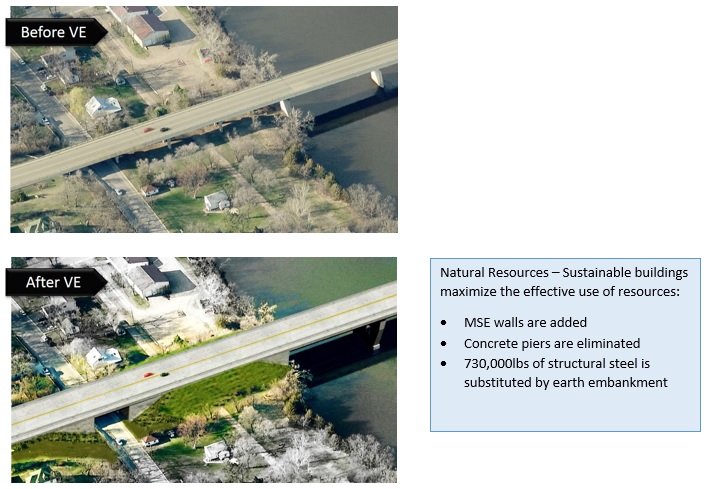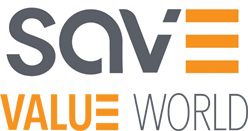By Muthiah Kasi, PE, SE, CVS-Life, FSAVE
Clients and owners look at value based on various factors. These include project improvements and enhancements, cost savings, community resilience, sustainability, risk avoidance and other factors. Public agencies appreciate when value method studies show enhancement of sustainability. ASTM E2432 states that “Sustainability has three types of general principles: environmental, economic and social.”
In 2007 the collapse of Minnesota Interstate 35 caused $113,000 economic input loss per day of closure. It also added loss of $400,000 per day of user cost. Washington State estimated the 2007 bridge closure cost in millions per day of closure. These losses reflect economic, environmental and social impact. It is therefore important to express these sustainability gains as part of the benefits in the VE study recommendations.
In one project the VM study showed a reduction of one mile in connecting two places. The cost savings on this large project is a small percentage. However, the study showed that 24,000 vehicles will save a mile per day. This translates to approximately (24,000 miles x 260 days/ 15 miles per gallon = 416,000) 416,000 gallons per year. It should be a practice in each transportation study to express value improvement thru sustainability principles.
Here is an example where the solution emphasized the sustainability perspective. In this example part of the bridge was replaced by embankment which costs much less. The focus was not necessarily the cost savings; but 730,000 lbs of man-made material was replaced by natural sustainable earth. Focusing on sustainability gets the owner’s attention as a striking value enhancement.

